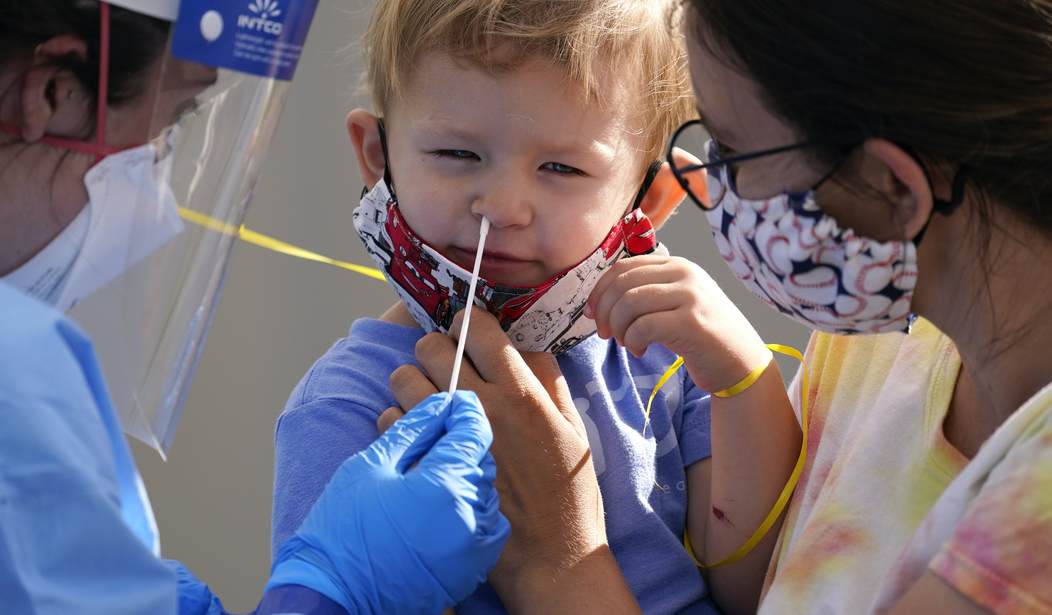Last week the CDC issued a notification titled “Lab Alert: Changes to CDC RT-PCR for SARS-CoV-2 Testing” via its Laboratory Outreach Communication System regarding COVID-19 testing — and managed to confuse everyone in the process. In the statement, CDC reported that they were withdrawing their Emergency Use Authorization (EUA) request to the FDA for their CDC 2019-nCoV Real-Time RT-PCR Diagnostic Panel, and suggested anyone using this test switch to one of the many viable and FDA-approved alternatives. In short, there are a number of tests out on the market now with FDA authorization, and there really is no need to continue the application for this one particular test developed by the CDC.
Furthermore, the CDC encouraged labs:
“…to consider adoption of a multiplexed method that can facilitate detection and differentiation of SARS-CoV-2 and influenza viruses. Such assays can facilitate continued testing for both influenza and SARS-CoV-2 and can save both time and resources as we head into influenza season.”
This second statement muddied the messaging, making it appear that the reasoning for pulling the FDA request as well as for seeking out alternative tests was due to the previous test failing to differentiate between influenza and COVID. In actuality, the CDC is attempting to make two statements in one. First, that they have rescinded their EUA request for their own specific test, and secondly, that they recommend the use of multiplexed tests – which can, from a single sample, determine if there are RNA markers for Influenza A, Influenza B, or SARS-CoV-2. This will be essential as we move into flu season, as quickly knowing if a person has flu or COVID will influence their treatment plans. The guidance is not an explanation of why the test is no longer approved, but rather advice to labs on a way to reduce their overall workload as requests for influenza and COVID testing will likely increase in the coming months.
Of course, because of the confusion this notification caused as well as the previous widespread lack of communication regarding COVID testing, test types, and a lack of any discussion of false positives and negatives (among many other related topics), there is a sustained concern that these tests might actually give a false positive of COVID when it was influenza. Due to the failure of medical and health journalism, there is a real deficit in getting this information out there – information that ought to be common knowledge by now – and a general distrust of anyone who now might attempt to clarify these topics.
For instance, had health policy communications and journalists covered what each test type does and how it does it, people might be less hesitant about various points of data, they might understand the situation better, and they wouldn’t be so skeptical of new information, whether regarding testing or vaccines.
Let me explain the PCR testing really quickly, in a way it should have been presented over a year ago by the experts. PCR testing is the first testing type developed for COVID-19, and it takes the longest to get results. This is one way it differs from the other two testing types – antigen and serology. PCR testing is also, arguably, the most accurate. It focuses on the genetic material of the virus, and the sample must pass a two-step process to come up as a positive for COVID-19. First, the PCR primer ‘copies’ bits of genetic material only if it matches specific genetic sequences unique to COVID-19. Yes, unique. Since we have the sequence of SARS-CoV-2 as well as multiple influenza viruses, we can be sure that the test is searching for sequences that are unique to SARS-CoV-2 and not found in any of the other viruses. Once the primer finds these specific sequences, listed here, the sequences are replicated. This moves the test onto the second stage. These replicated segments of genetic material must then match the PCR probe. This probe looks for a second, smaller part of this genetic sequence, and will only light up as a positive indicator of SARS-CoV-2 if there is a match. Therefore, out of all the test types for COVID-19, we can be incredibly sure that the results of a PCR test are incredibly accurate to the virus being tested for.
Though this was a statement by the CDC directed specifically to labs, given that we are over a year and a half into the pandemic, every health communication made by any government facility regarding COVID should be treated by the writers as if it would end up being discussed broadly by the general population. Clarity and clear definitions as to what is being discussed ought to have been the basis of communications policy within the CDC – and for all individuals or offices covering health policy and information. Yet, lack of this clarity continues to be a disastrous problem for health and medical information and one of the top contributors to widespread misunderstanding.














Join the conversation as a VIP Member